GCSE Statistics
Curriculum overview for GCSE Statistics
Curriculum intent – the knowledge, understanding and skills that students will learn
The general knowledge, skills and understanding that students will learn during the Statistics course builds on Key Stage 2 and Key Stage 3 topics from Mathematics. The GCSE Statistics qualification will enable students to develop statistical fluency and understanding through the use of statistical techniques in a variety of authentic investigations, using real-world data in contexts such as, but not limited to, populations, climate, sales, etc. Students will explore new topics such as the statistical enquiry cycle, binomial distribution and normal distribution. Students will also learn the application of statistical techniques across the curriculum in subjects such as the sciences, social sciences, Computing, Geography, Business and Economics, and outside the classroom in the world in general.
Curriculum implementation – teaching, learning and assessment strategies
The formative and summative assessments that take place during the GCSE Statistics course are a mix of current topic assessments during each half term, alongside an end of term assessment which is cumulative and based on any topic taught so far in the course. This allows teachers to adjust their planning on current topics but to also inter-link previously taught topics. Topics at GCSE Statistics are sequenced as ‘building blocks’ from previous topics in GCSE Mathematics and GCSE Statistics. An example of this kind of sequencing would be students learning how to collect data before they learn how to interpret the data, and then incorporate this new knowledge in a statistical enquiry cycle.
Curriculum impact – intended outcomes for students
The intended outcome of this qualification is to enable students to develop fluent knowledge, skills and understanding of statistical methods and concepts, as well as to acquire, select and apply statistical techniques in order to interpret data across a broad range of topics. Students will understand how the collection, visualisation and analysis of large quantities of data can be used to inform decision-making processes in public, commercial and academic sectors to represent data. Finally, students will have learnt how to apply appropriate mathematical and statistical formulae, and build on prior knowledge.
Course overview for GCSE Statistics
Exam board: EDXECEL https://qualifications.pearson.com/en/qualifications/edexcel-gcses/statistics-2017.html
No coursework
Paper 1: Calculator
Paper 2: Calculator
